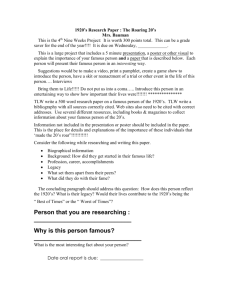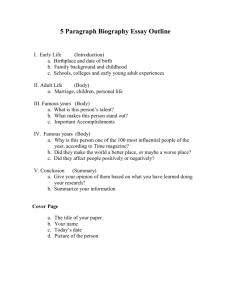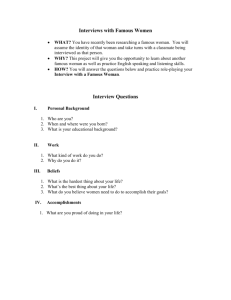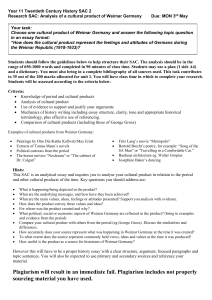Culture in Weimar Germany
advertisement
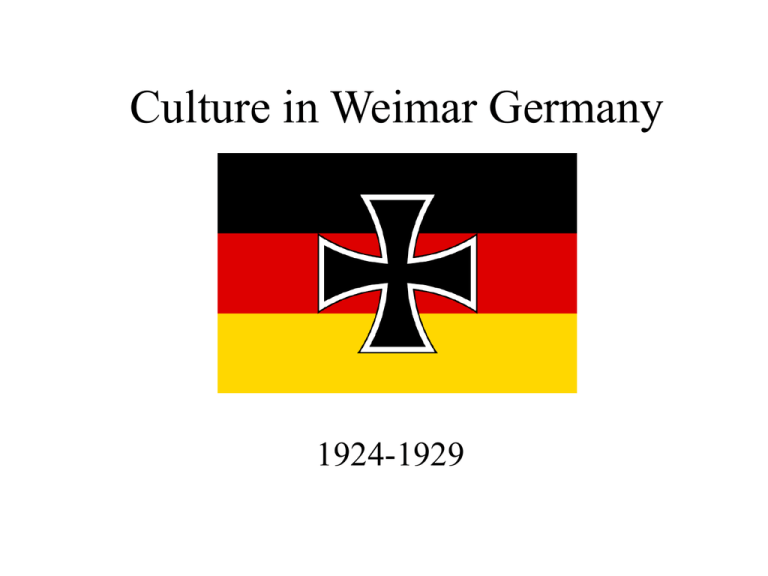
Culture in Weimar Germany 1924-1929 Connector • What does this suggest about Weimar Culture? Overview The Golden age of the Weimar Republic (1924-1929) saw many changes to the cultural life in Germany. There was a resurgence of creative flair that made Berlin the centre of art and culture of the world. Many new movements such as expressionism and modernism shaped the culture of the time and this is represented in, among other things, the architecture of the time. Art •Significant changes in the world of art. •Expressionists artwork, where the world and reality were interpreted by the artists. •The use of new techniques to express feelings and emotions •Otto Dix, famous modernists portraits, he sought to capture feeling by depicting his subjects with brutal honesty. •Famous artists of the time: Paul Klee, Max Beckmann, Heinrich Zille and Geaorge Grosz who critisesed middle class conservatives. •1920’s Berlin replaced Paris as the world centre of modern art. Literature •Flowering of brilliant literature, Thomas Mann won the The Nobel Prize for Literature in in 1929. •Much of the literature was effected by the 1st world war, such as the famous Novel by Erich Maria Remarque, All Quite on the Western Front. Architecture •New architectural designs brought on by the cultural and societal ideas especially modernism •These new designs challenged the traditions of architecture •In 1919 Walter Gropius founded the famous Bauhaus School for architecture. •At this new school Gropius taught that art should work with the new technology and that there should be an emphasis on functional design in buildings. Theatre •Provocative theatre and Cabaret flourished •Many works had a satirical edge •The playwright Erwin Piscator developed the Proletarian Theatre, which produced plays that challenged the values of the traditional middle class. •Another famous playwright of the time was a Marxist called Bertolt Brecht who voiced his communist opinions in his works Cinema •Like in art Berlin became the world leader of Cinema. In fact Germany in the 1920’s produced more films than the rest of Europe put together. •This period was the home to many brilliant directors, such as Fritz Lang, Joseph von Sternberg and Ernst Lubitsch. • It produced ‘cinematic masterpieces’ such as Metropolis, The Cabinet of DR Caligari, Nosferatu and The Blue Angel. Overview of Weimar -Economic Stability 1920- p102 -Social Change- p103-105 -Culture p105-108 -Foreign Policy p108 Begin to plan for the essay “Germany experienced a period of political calm, economic development and social progress in the mid 1920’s” How far do you agree with this statement|?
